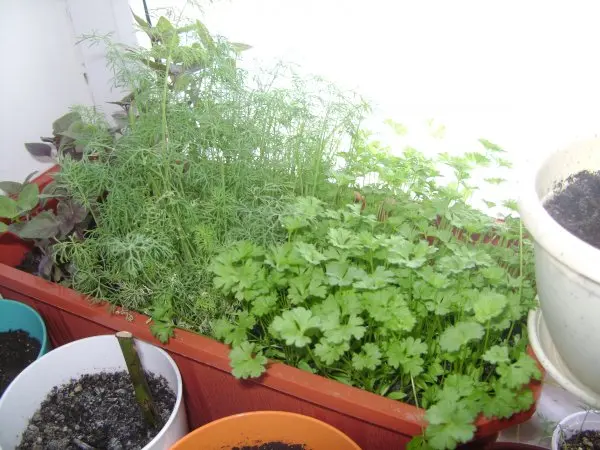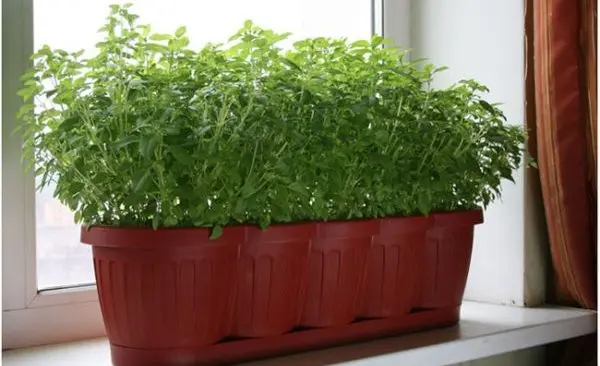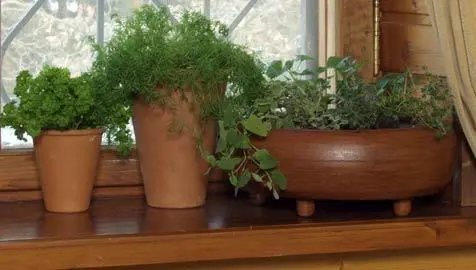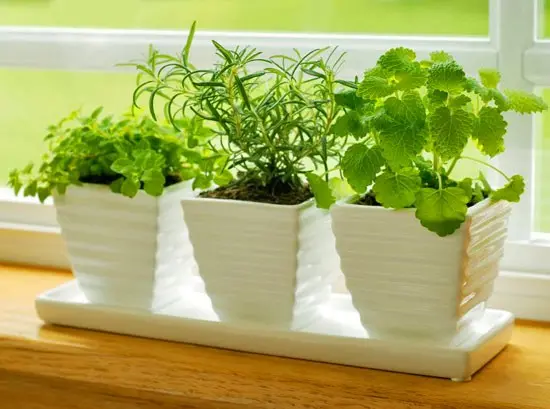Contents
Parsley is a green spice that you want to add to culinary dishes all year round. While store-bought parsley and dill will not give the flavor that freshly cut at home has. This article will tell you how to grow parsley on the windowsill at home or in an apartment with subsequent care for it.
What to do to excavate the land
It all starts with forcing the land for future beds at home. As a bed for parsley or dill, any pot found in a house with a small number of holes can be suitable for excess water to escape after watering and not to stagnate further. If this container was previously used for other plants, it should be treated with a weak solution of potassium permanganate.

You can buy earth or substrate for parsley or dill in a specialized store or make it yourself. To do this, we need 20% humus, 20% sod land, 60% soil from a personal plot. All mix well until smooth and fill the box with this mixture.
Video “Pro Tips”
Informative video where you can hear the advice of a professional on growing greenery at home.
What varieties of parsley are suitable
Be sure to choose early ripe varieties of parsley or other greens (for example, dill), which will yield a crop a couple of weeks earlier than other species. The most common varieties are:
- morning freshness;
- Gloria;
- Astra;
- Fortune teller;
- Green pearl;
- Grandma’s garden;
- Biser et al.
Cultivation from seeds
Often, not many gardeners have a good idea of how to grow parsley on a windowsill. And many take care of the garden at home, as well as in the open field. But the way you plant and care at home is a little different and you should familiarize yourself with some points of how dill or parsley grows on the windowsill.

Growing parsley on a windowsill has its pros and cons. Such a plant requires proper and fruitful care, but already the first greens from parsley or dill bushes can be obtained in a month and a half and the greens can be harvested throughout the next year.
Parsley on the windowsill from seeds is grown in this way:
- parsley or dill seeds a day before planting should be dipped in water for better germination (water should be changed daily and it should not be cold);
- a few hours before sowing, the seeds are treated with a weak solution of potassium permanganate;
- in the box for future greens, there must be outlets so that the water does not stagnate;
- to sow the seeds of parsley or the same dill, it is required to plant no deeper than half a centimeter and sprinkle them a little with earth on top;

- before germination, seedlings should be kept in a dark place and watered regularly (watering every other day is recommended);
- already ascended and green seedlings of parsley or dill should be placed on the windowsill closer to the sun;
- young shoots should be thinned out for the density and splendor of greenery (the distance between the bushes is 3 cm);
- after 2 months it will be possible to harvest the first crop.
It is necessary not to forget about the constant care that parsley requires for itself. The plant, especially in summer, requires abundant watering and moderate in winter. Do not forget about the full daylight hours, because in winter it is short and an additional 3-4 hours are required under light lamps, which should be located at a height of 60 cm from the box itself. Maintaining an optimal temperature of about + 20C is a lot of important, she should also avoid strong drafts.

Growing with root crops
The method is convenient in that you do not need to use seeds and germinate them. Planting parsley at home with root crops is not at all difficult, as it might seem at first glance. Before the first frosts, it is worth digging up a couple of root crops from the garden in the country or you can buy them in the store.
Immediately before planting, the boxes are disinfected with a weak solution of potassium permanganate. The proportions of the future land for a pot or box at home are slightly different than for sowing parsley seeds. The proportions of the soil look like this 70% of the land from the garden 20% humus and 10% sod land with the addition of phosphorus-containing fertilizers and lime.
After the box is completely filled with this mixture, you need to moisten the ground well and plant the root crops at a distance of 2 cm from each other. Before planting, root crops are treated with a strong solution of potassium permanganate to prevent diseases in the future crop. It is not necessary to cover the tops of root crops strongly; it is important that a small part of the root crop is at the top, then lightly water the soil. 
As soon as the parsley at home begins to grow, simple care begins for it:
- the box with root crops should be removed in a cool place;
- a box of parsley should sometimes be turned on different sides to the light, so that the bushes grow evenly;
- on days without good sunlight (cloudy), it is better to turn on additional illumination with a lamp;
- watering must be frequent and good;
- the air temperature near the seedlings should not be more than + 20C;
- in a month, the first greens will be ready for harvest;
- if the plant has not acquired a massive and large appearance, it must be fed with fertilizers (phosphorus-containing).
For the entire winter period, root crops can be planted several times. And in early spring it is worth taking them out to the balcony for hardening. Watering provides for regularity, drying out or waterlogging in pots with greens is undesirable. Water for irrigation should only be at room temperature. It also requires timely loosening of the soil. Top dressing of parsley grown at home with seeds is done with liquid organic fertilizers twice a month.
Video “Instruction for green lovers”
Video instruction for those who want to eat greens all year round.









